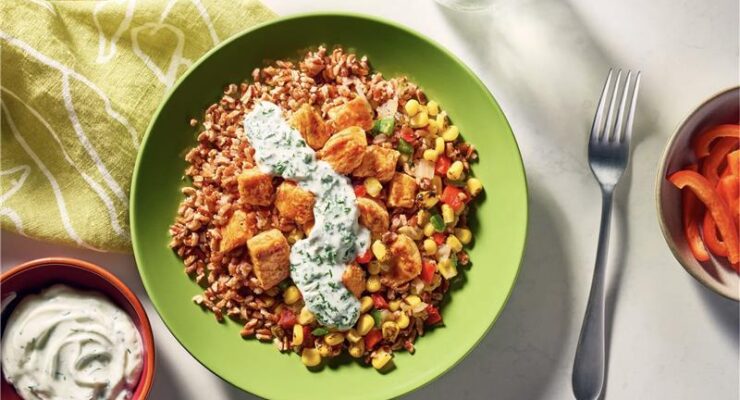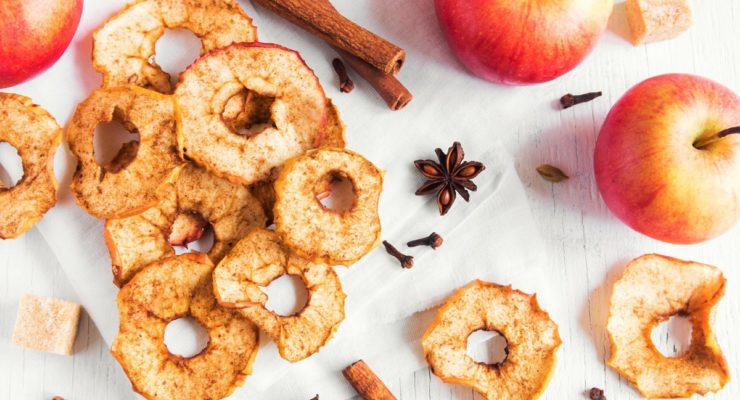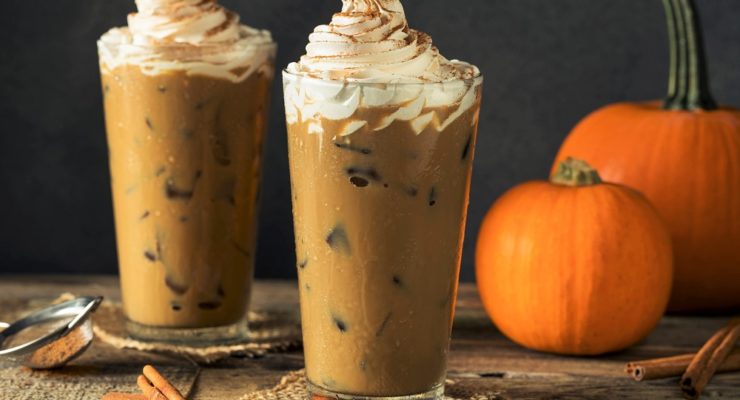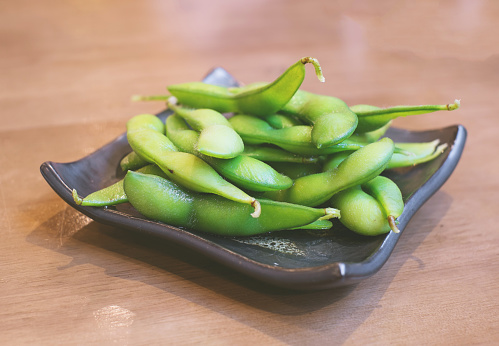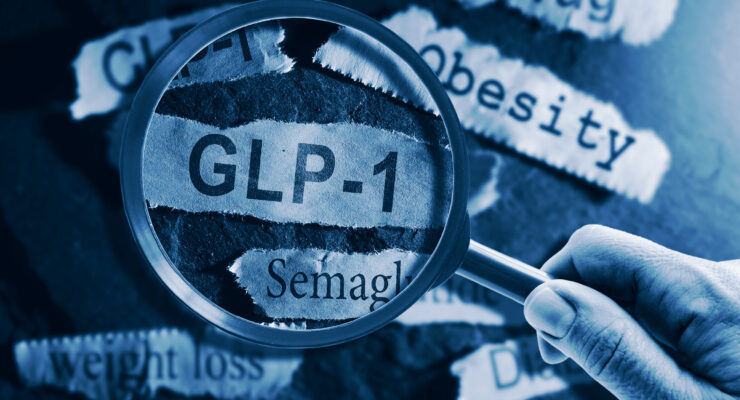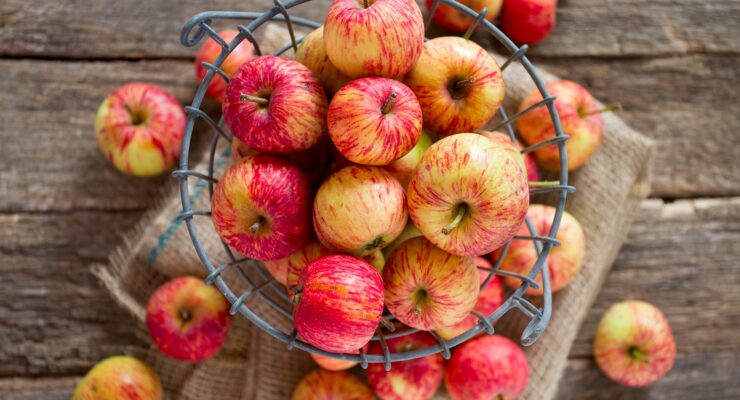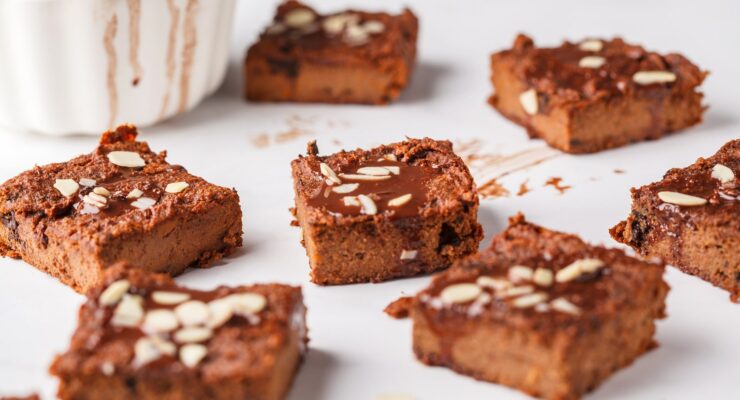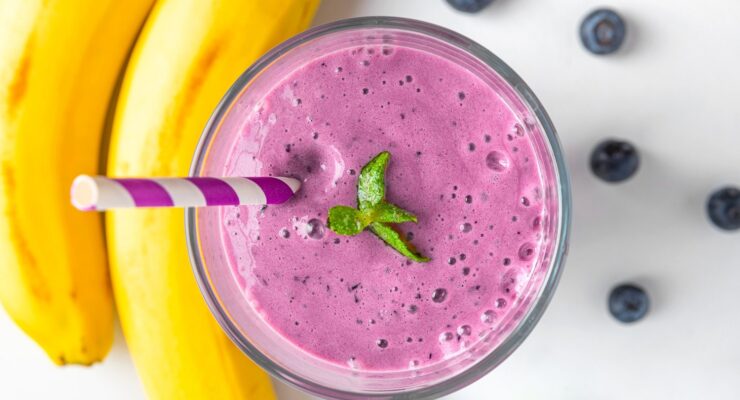Pulses: What Are They & Why Should You Care?
Article posted in: Diet & Nutrition
The United Nations Food and Agriculture Organization (FAO) has proclaimed 2016 to be the International Year of Pulses, even though they have been a staple in many cuisines for thousands of years. Pulses are now getting more attention than ever before because they are loaded with nutrients, low in calories, inexpensive, easy to store and adapted to a wide variety of climates.
WHAT: Though you may never have heard the term “pulses,” they are familiar to just about everyone who cares about healthy eating. Pulses are beans, or technically legumes, that are grown for their edible seeds, which are dried before storage. Chickpeas, lentils, split peas, kidney beans and black beans are the best known in the U.S., but there are many others that are popular around the world. Fresh-eating beans, such as string beans, green peas and edamame are not pulses.
WHY: For those on a Nutrisystem weight-loss plan, pulses are included in the SmartCarbs category. A half-cup serving has fewer than 150 calories (depending on the variety), more than seven grams of protein, over 22 grams of slow-burning complex carbohydrates, and a hefty six-plus grams of fiber. Most types of pulses are also high in folate, a B vitamin pregnant women need to help prevent birth defects. Because pulses are so filling and rich in nutrients, a study reported on in the American Journal of Clinical Nutrition notes that, “the inclusion of dietary pulses in a diet may be a beneficial weight loss strategy because it leads to a modest weight loss effect even when diets are not intended to be calorically restricted.” That is, if you add pulses to your meals, you are likely to lose weight even when you’re not consciously limiting your calorie consumption.
HOW: You will find many kinds of pulses in the grocery store. Dried legumes in bags or bulk are the least expensive, but pre-cooked types in cans are the most convenient. Be sure to look for cans marked “low-sodium” and take the time to drain and rinse the beans thoroughly so you don’t add extra salt to your diet.
Many types of pulses have a reputation for causing gas in your digestive system, because of a starch called raffinose. Soaking raw pulses in water for a couple of hours before cooking mitigates the effects of raffinose and it softens them so they cook more quickly. With some varieties, soaking also releases the nutrients, so you get more vitamins and minerals from eating them.
You can prepare raw pulses in a slow-cooker or on the stove. For the latter, start with a large heavy saucepan (be aware that pulses double or triple in volume during cooking) and enough water to cover them completely. Do not add salt or acidic ingredients until pulses are fully cooked, because they can toughen the beans’ skin and prevent the insides from softening. Bring the water and pulses to a boil, cover the pan tightly and simmer slowly until the beans are tender. When fully cooked, pulses crush easily in your mouth, but don’t turn to mush. Chickpeas need more than an hour of simmering, kidney and black beans can be ready in 45 minutes, while lentils are done in 30 minutes or less. If you want to cook a lot of pulses at once to use as needed, you can freeze and store them for a couple of months.
TRY: Dipping raw vegetables, such as carrots and cucumbers, in hummus (made with chickpeas) is an easy way to add more pulses to your daily diet. Oven-baked chickpeas seasoned with chili powder make a crunchy snack that’s more nutritious than chips.
A dish of rice and beans is a classic combination that gives you as much protein as you get from many kinds of meat, and you can season it with herbs and spices from cuisines such as Cajun, Mexican or Indian. Soups made with pulses such as lentils or black beans fuel you up and keep you feeling full for hours on busy days. Adding kidney beans or chickpeas to salads or wraps bulks up light lunches, too. Many bakers find that mashed pulses add texture and fiber without gluten to cakes and other baked goods, making even dessert a fine time to enjoy more pulses.

